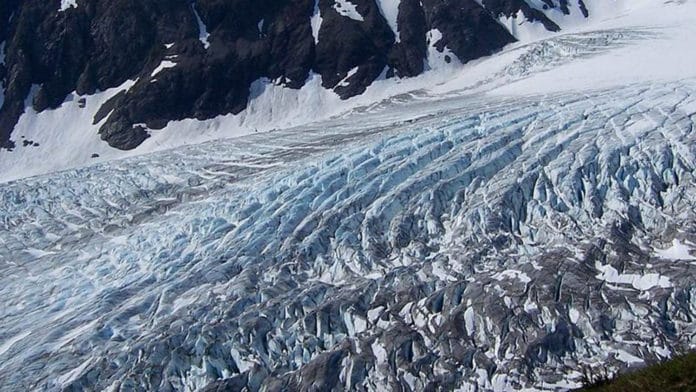The rise of atmospheric oxygen fundamentally changed the chemistry of surficial environments and the nature of Earth’s habitability.
Previously it was believed that atmospheric oxygen significantly raised about 2.43 billion years ago. A new study suggests that great oxidation episodes started 100 million years later than previously thought.
For this study, an international research team, including UC Riverside scientists, analyzed rocks from South Africa formed during this event. The observations suggest continued oscillations in atmospheric oxygen levels after its early appearance until it became a permanent constituent of the atmosphere much later.
These fluctuations build up an immediate connection between atmospheric oxygen and greenhouse gas concentrations, such as methane, which help clarify the absolute most extreme climatic changes of the planet’s past.
According to scientists, these fluctuations also lead to four glaciations- periods when the whole planet was covered with ice and snow for millions of years.
UC Riverside geologist Andrey Bekker said, “Before this work, we all wondered why the fourth glacial event happened if oxygen was already a steady component in the atmosphere. We found it was not steady. The permanent rise of oxygen occurred after the fourth, final glaciation in the Paleoproterozoic Era, and not before it, and this solves what had previously been a major puzzle in our understanding.”
“We thought once oxygen increased, it wouldn’t ever return to lower levels. Now we have learned it fluctuated to deficient levels, and this could have dramatic implications in terms of understanding extinction events and the evolution of life.”
Simon Poulton, a biogeochemist at Leeds University who led the research, said, “Open questions include the reasons for these multiple fluctuations, and whether complex life could have evolved and then died out again in response to them.”
“We cannot begin to understand the causes and consequences of atmospheric oxygenation, the most significant control on Earth’s habitability, if we do not know when permanent atmospheric oxygenation occurred. Now, at last, we have that piece of the puzzle.”
Journal Reference:
- Poulton, S.W., Bekker, A., Cumming, V.M., et al. A 200-million-year delay in permanent atmospheric oxygenation. Nature (2021). DOI: 10.1038/s41586-021-03393-7
